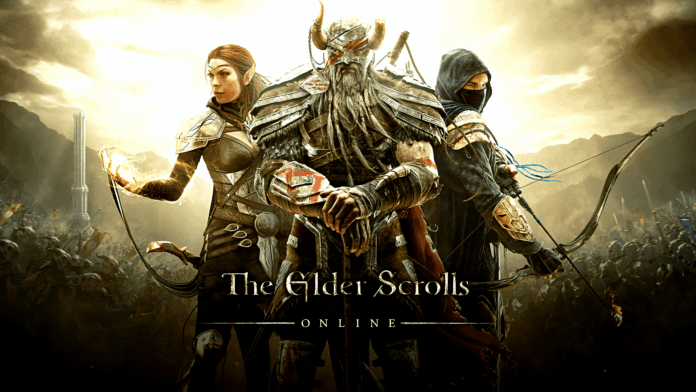opinion: The Elder Scrolls Online has been on the market for seven years. However, over time, along with a lot of new content, it has also accumulated quite a few problems that Gloria says it desperately needs to address.
New content is a good thing in any MMORPG. However, its radiance quickly fades if old problems are not solved at the same time. The Elder Scrolls Online has also had a number of construction sites since 2014, which have spoiled the game for long-time fans like me.
That’s a shame, because ESO actually offers a really great experience. Especially for soloists, the MMO is excellent, as our MMO comparison shows:
But for ESO to continue to be fun and motivating, it needs to rethink. It can’t keep doing what it’s doing if it wants to hold its own between MMO heavyweights like Guild Wars 2 or Final Fantasy 14. Therefore, it is imperative that the developers address the following issues:
- combat system
- innovations
- Storytelling
- server performance
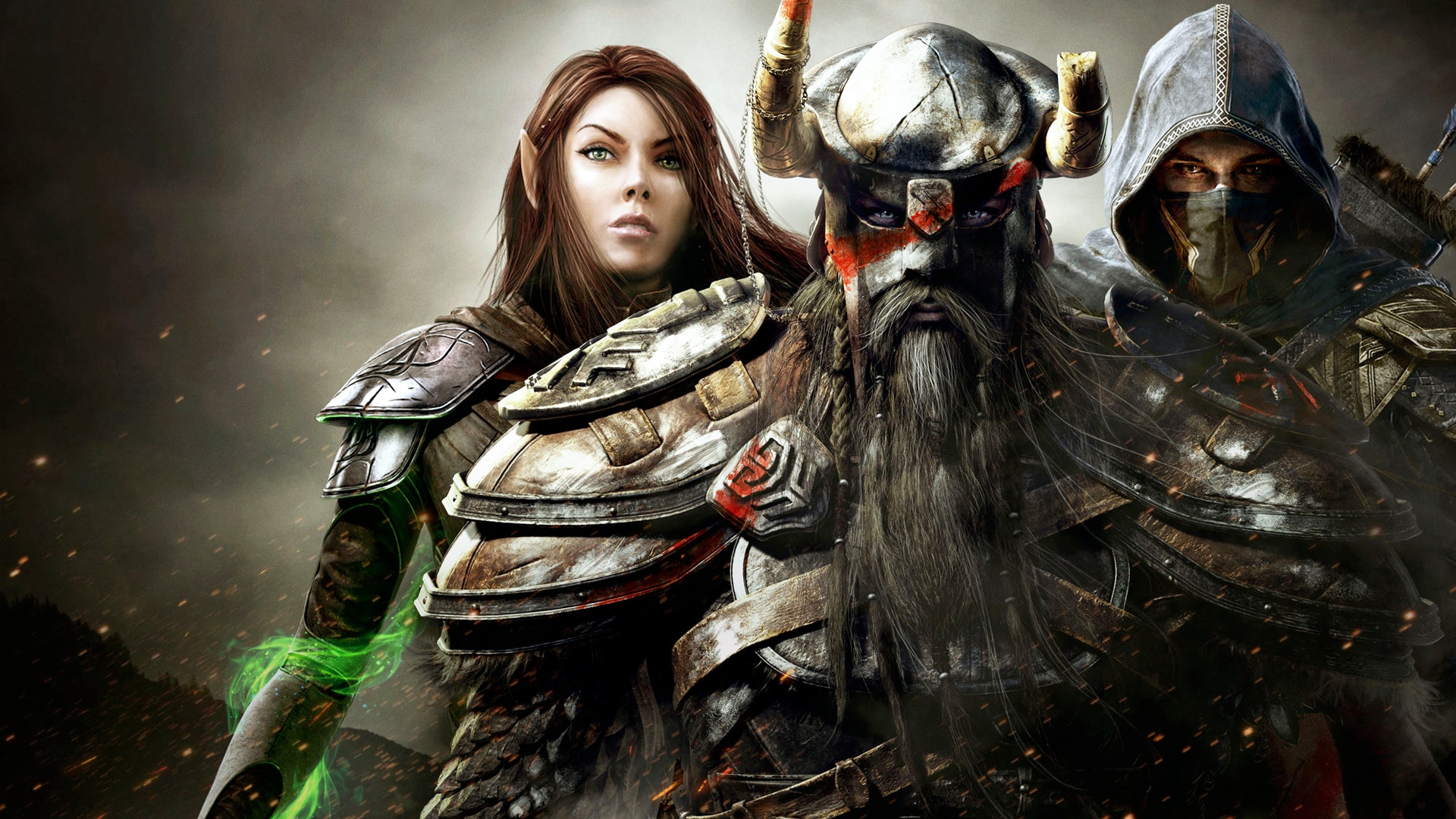
Combat system: This is how freedom becomes a cheat
Those familiar with World of Warcraft, Guild Wars 2 or Star Wars: The Old Republic, along with the strict weapon and equipment quality ties to the chosen class, may be squinting a little enviously at Tamriel’s competitors. Since its release, The Elder Scrolls Online has advertised its great freedom in the composition of your combat skills. If you want to play the damage-dealing wizard lizard clad in plate armour, you can do so without obstacles. But in the end game at the latest, we come up against the limits of this freedom in raids.
In addition to the three class skill lines, you basically have plenty of other skill lines at your disposal thanks to various weapons, NPC orders and the transformations into a vampire or werewolf. From these you build abilities of your choice into the two skill bars and can improve them by using them. So far so good. But if you really want to achieve something in raids as one of the three classic roles (tank, damage dealer or healer), you have to stick to a tight corset of skill combinations.
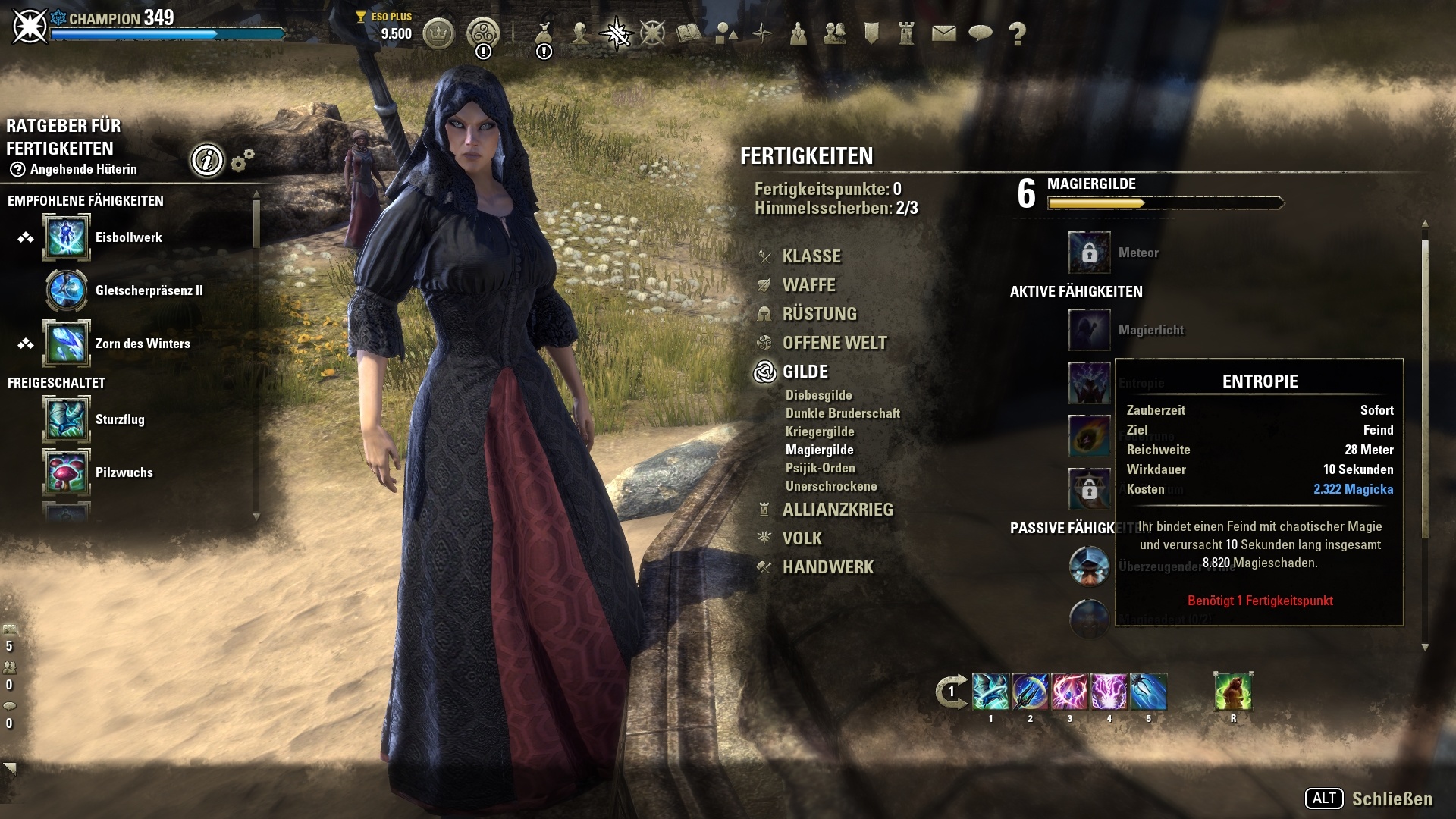
In keeping with the idea of min-maxing, strong abilities from the non-class skill lines inevitably find their way into just about every skill bar. And as long as the starting class is even halfway right, sooner or later our plate-wielding damage lizard will turn back into an Argonian healing slinger in cloth armour anyway, so that she benefits maximally from her racial, weapon and armour bonuses. True diversity looks different. Here, developer Zenimax absolutely has to make improvements so that unconventional skill combinations as well as racial and armour mixes become attractive again.
But the meta constraint is not the only problem. ESO fans have also been criticising the lack of customisation of class abilities for years. Unless you’re running around with a bear, busily summoning ghosts or bone constructs from corpses, dragging along fluttering beasts or wielding a light lance or flame whip, your characters aren’t really recognisable as Guardians, Necromancers, Wizards, Templars or Dragon Knights.
This is because the generalist approach of ‘everyone can learn almost everything’ takes away the charm and unique selling point of the individual classes. The classes differ from each other only by having a companion or the above-mentioned class abilities. The additional bonuses in the champion system from level 50 onwards unfortunately also bring little improvement, as there are more suitable and less suitable effects for the different roles.
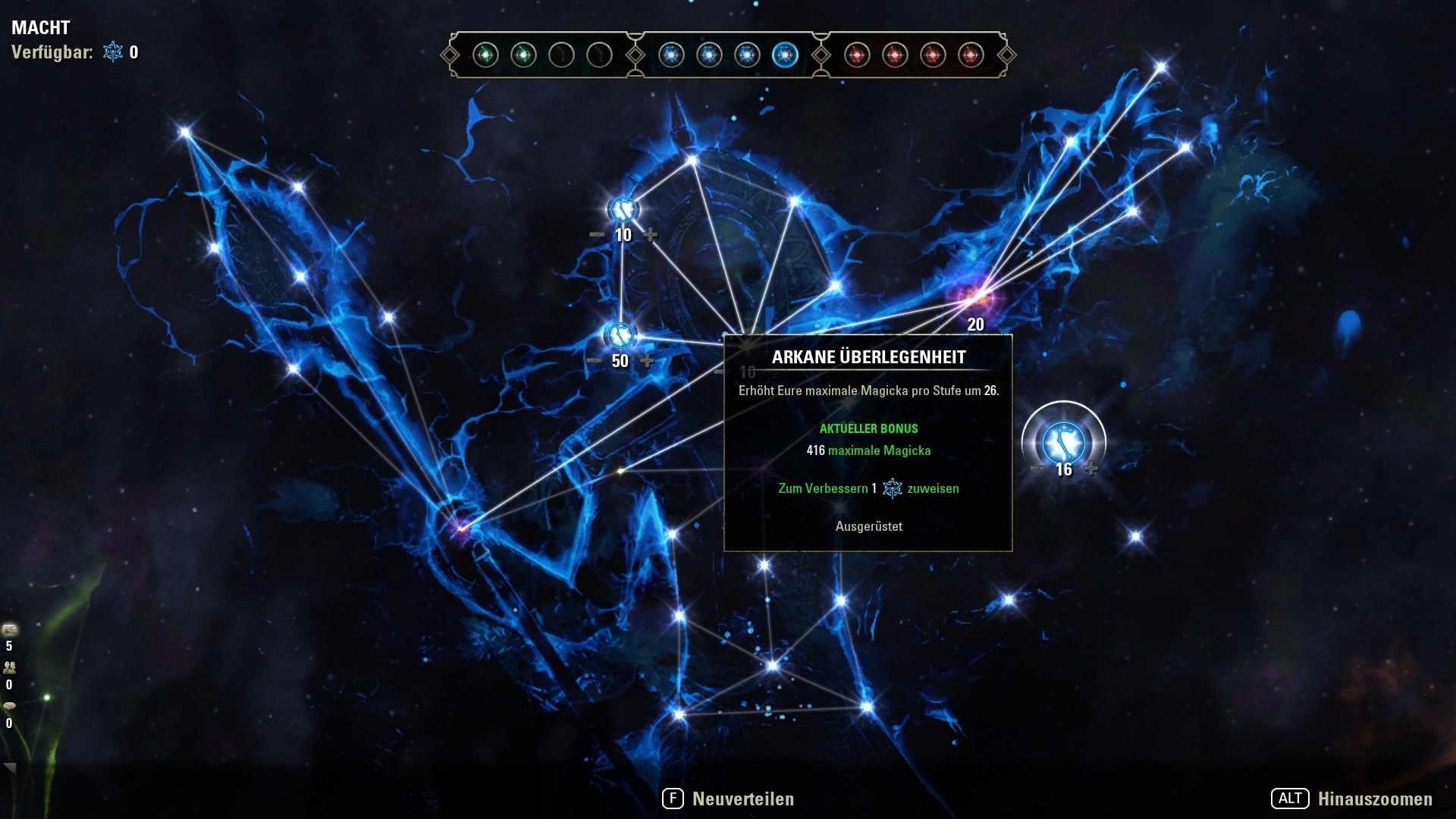
The whole system thus feels like a golden cage: What is actually touted as a great source of freedom is on the one hand restricted by the focus on damage maximisation in raids and on the other hand leads to the fact that almost every class feels like the other.
Unfortunately, nothing is likely to change in the class system and the abilities in the future. Because every major change would mean that all classes would have to be reworked from the ground up. The effort and balancing would be so enormous that it would probably not make much sense economically or technically. Perhaps another solution will be found in the future.
Innovations: Well stolen, but not half won
While we are on the subject of effort: In recent years, the development team has had a relatively comfortable job. They were able to take their cue from the successful content of other MMORPGs and craft the appropriate counterpart for ESO with the necessary variations. We find the archaeology system from World of Warcraft in the Greymoor chapter, helpful NPC companions like those from Star Wars: The Old Republic have accompanied us since the Blackwood chapter and the fact that we have been elegantly catapulting through the area with the hooked crossbow since the Dragonhold DLC was also copied from the galaxy far, far away. Please don’t get me wrong: looking for inspiration elsewhere is not a bad thing and the wheel doesn’t always have to be reinvented – as long as enough creativity flows into it. And that’s exactly where it hurts.
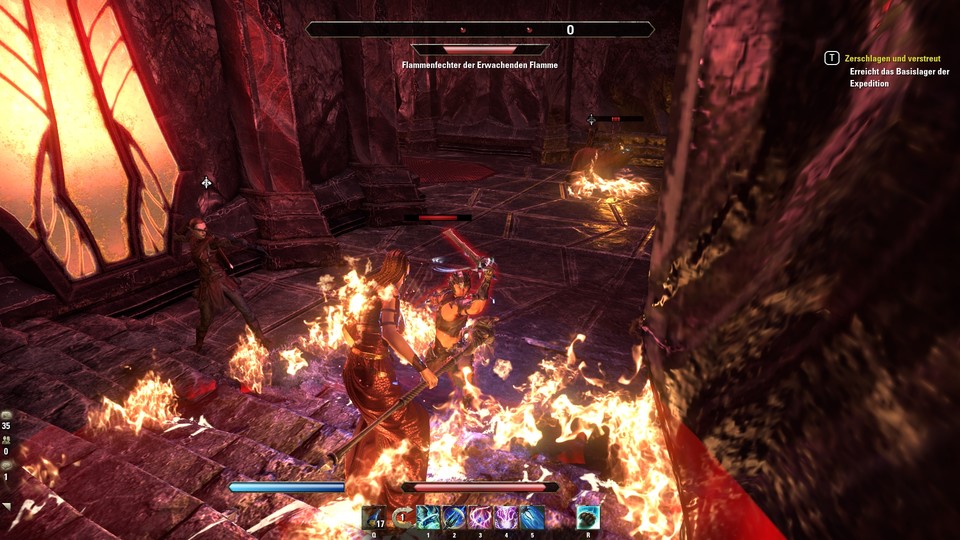
It is precisely in the tedious search for the excavation mound in an area once scouted out that it becomes apparent that Zenimax Online Studios does not deviate that far from the role model, but only inflates the basic principle with two additional mini-games. This is not really innovative.
But what does it look like for the future? After ESO offers an extensive housing system, there is not too much left that could be good as new old content for the coming year. Pet battles along the lines of WoW? Flying mounts or the possibility to dive in waters to special locations? Only one thing is clear: the MMORPG community, eternally hungry for innovations, will probably not be satisfied with this.
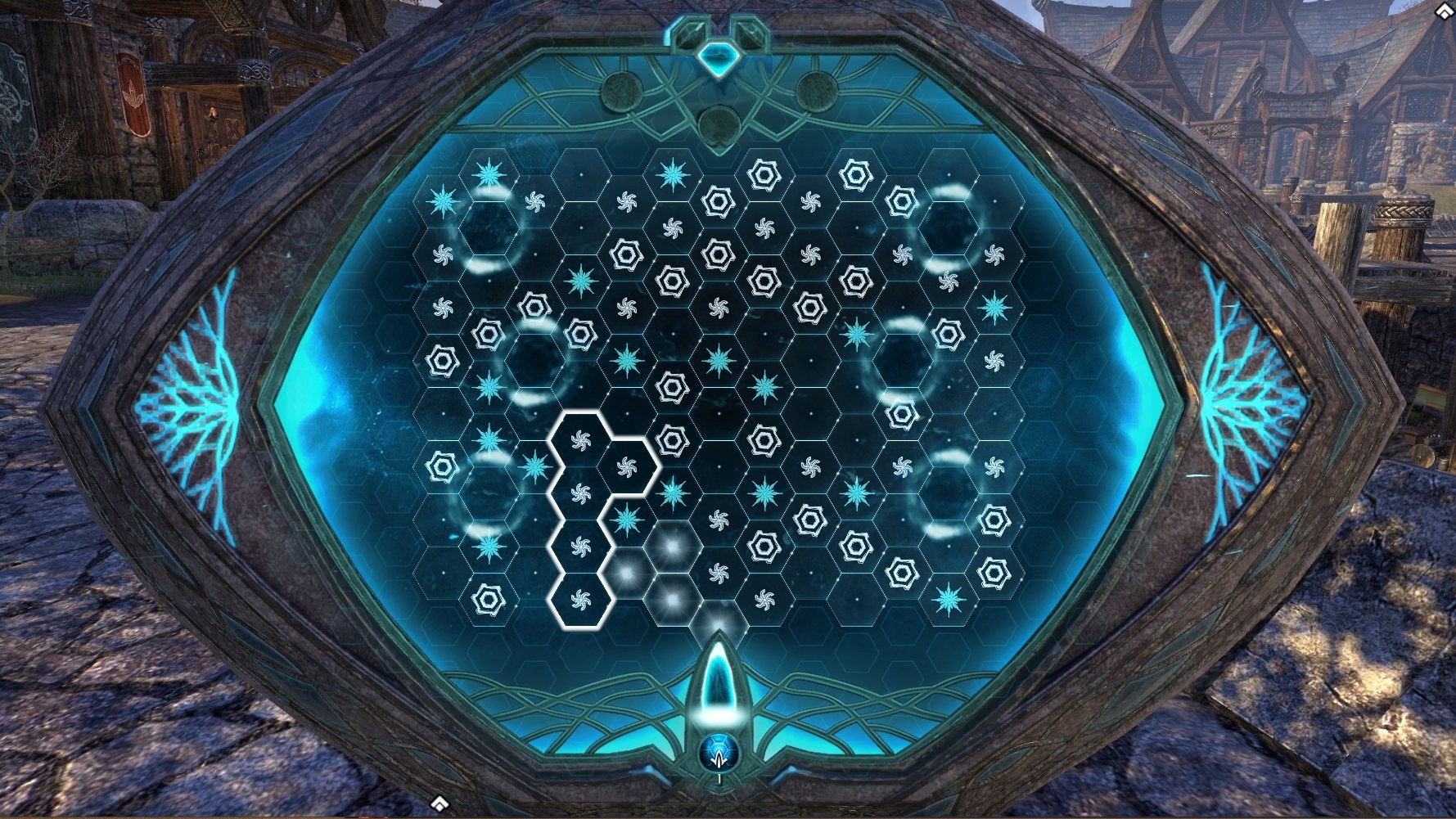
Scenes for upcoming content could also be tight in the future. After the chapters Morrowind, Greymoor and Blackwood, the most popular Elder Scrolls single player games have been worked off as templates. If Zenimax does not want to make use of the less successful Elder Scrolls titles, basically only The Elder Scrolls II: Daggerfall with the not yet accessible regions of the kingdom of Hammerfell remains as a model.
With the nostalgia bonus, ESO 2020 was able to lure plenty of Skyrim fans into the game, but this possibility, along with the growing player base, has now been exhausted. Either more regions based on one of the games will follow, or Zenimax will try completely new ideas. The DLC Clockwork City has already shown that this can work.
Whether experimentation is desirable, however, is usually decided first by the accountants in international companies – and they usually tend to take a conservative approach. But we should still keep a spark of hope that ESO will dare to take a new, innovative step. By the way, it also needs to do this with storytelling
Storytelling: And every day the groundhog says hello
If you’ve been through a number of ESO chapters and story DLCs, the parallels in narrative structure and build-up should be obvious. True to the developer’s motto that all events in the game world can happen simultaneously, only the area being played changes during an area story. The rest of Tamriel remains unaffected. This may still be logical if, as in the Murkmire DLC, we accompany an adventure expedition through various ruins or, for example, help prevent a localised volcanic eruption in the Stonefalls area.
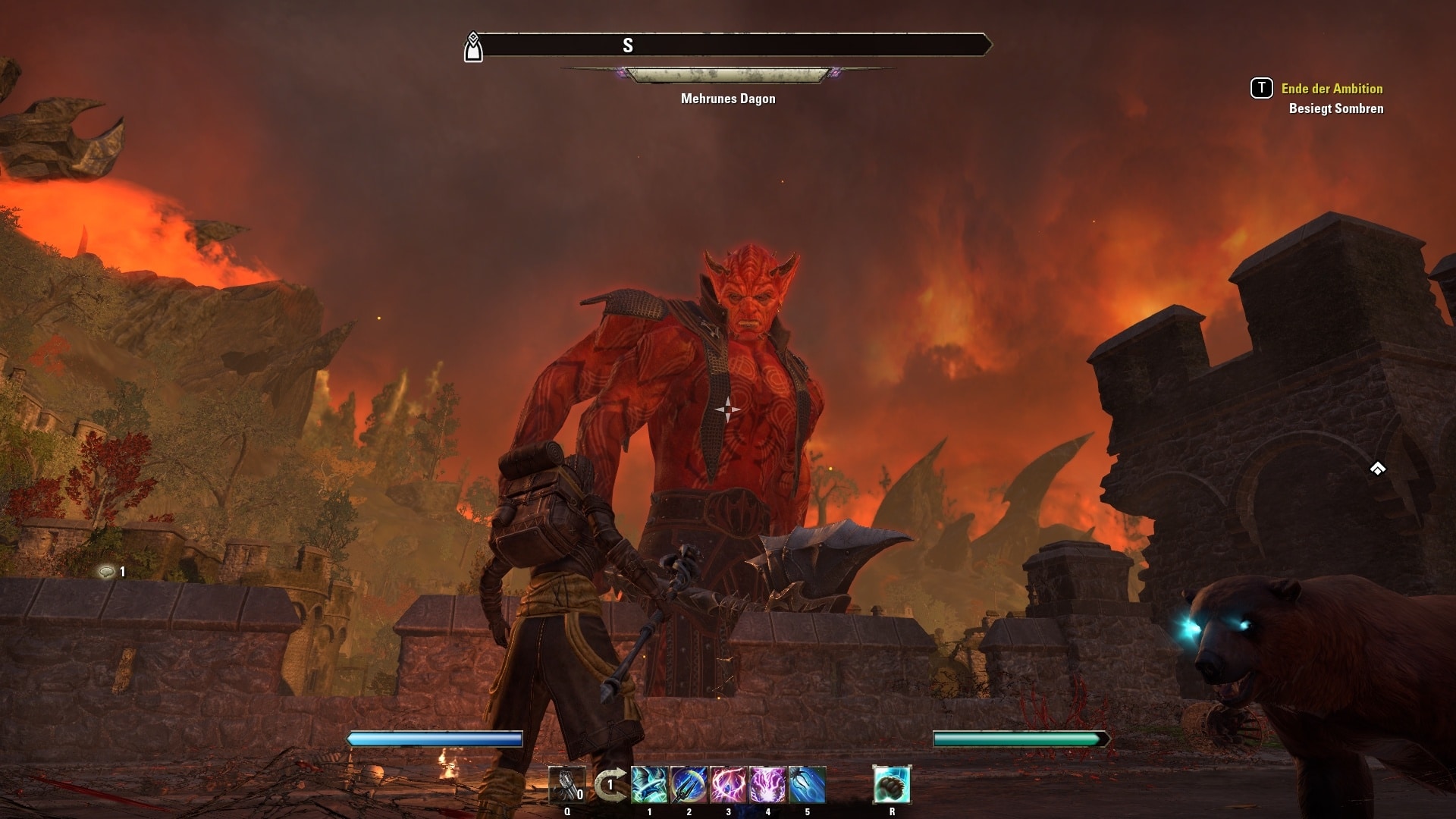
But things are much more unrealistic when some Daedra prince tries to conquer the world, as was the case in Blackwood, or unique enemies like the dragons in the Elsweyr chapter roam the countryside. What would prevent these from looking around the rest of Tamriel as well? Several, quasi-simultaneous attempts at conquest by Daedra, sinister vampire lords and whatever other hostile, powerful breeds are around should actually make the leaders of the various factions jump wildly in the quadrangle, because they already have nothing to oppose them logistically.
Instead, local forces, travelling player characters and isolated, well-known heroes must always move in and smooth things over. Within the deeply divided factions, the plot remains frozen at a fragile status quo after the completion of the faction story and the fight against Molag Bal in the basic game. This is anything but motivating and lacks a sense of progression.
The same problem is also brought about by the annual adventures: At the latest after the story DLC of a year, which is released in the last quarter of the year, the story must be completed and the threat of a variable villain averted. There is about as much suspense left as in a detective story in which you turn directly to the last pages at the beginning.
No matter how fast-paced some parts of the story may be, the predictable ending is inevitable. After three annual adventures, five chapters and eight story DLCs with the same structures, the chance of a real change is rather slim. After all, the principle of ‘more of the same’ still works.
Serverpervormance: When lag becomes a fun killer
As early as the end of 2019, the development team made a full-throated announcement that they were going to work harder to address server performance issues. Recurring server-side lags, delayed triggering of abilities or not even changing the ski bar made playing a real test of patience two years ago.
Despite all the developer’s efforts, not much has really changed: even today, the persistent haklers prove to be one of the biggest obstacles to relaxed gameplay. If you also want to get a noticeable damage bonus as a damage dealer through the so-called “weaving” of light attacks into an ability rotation, you are dependent on correctly triggered abilities. It’s stupid when nothing happens, no matter how motivated you are when hitting the right button!
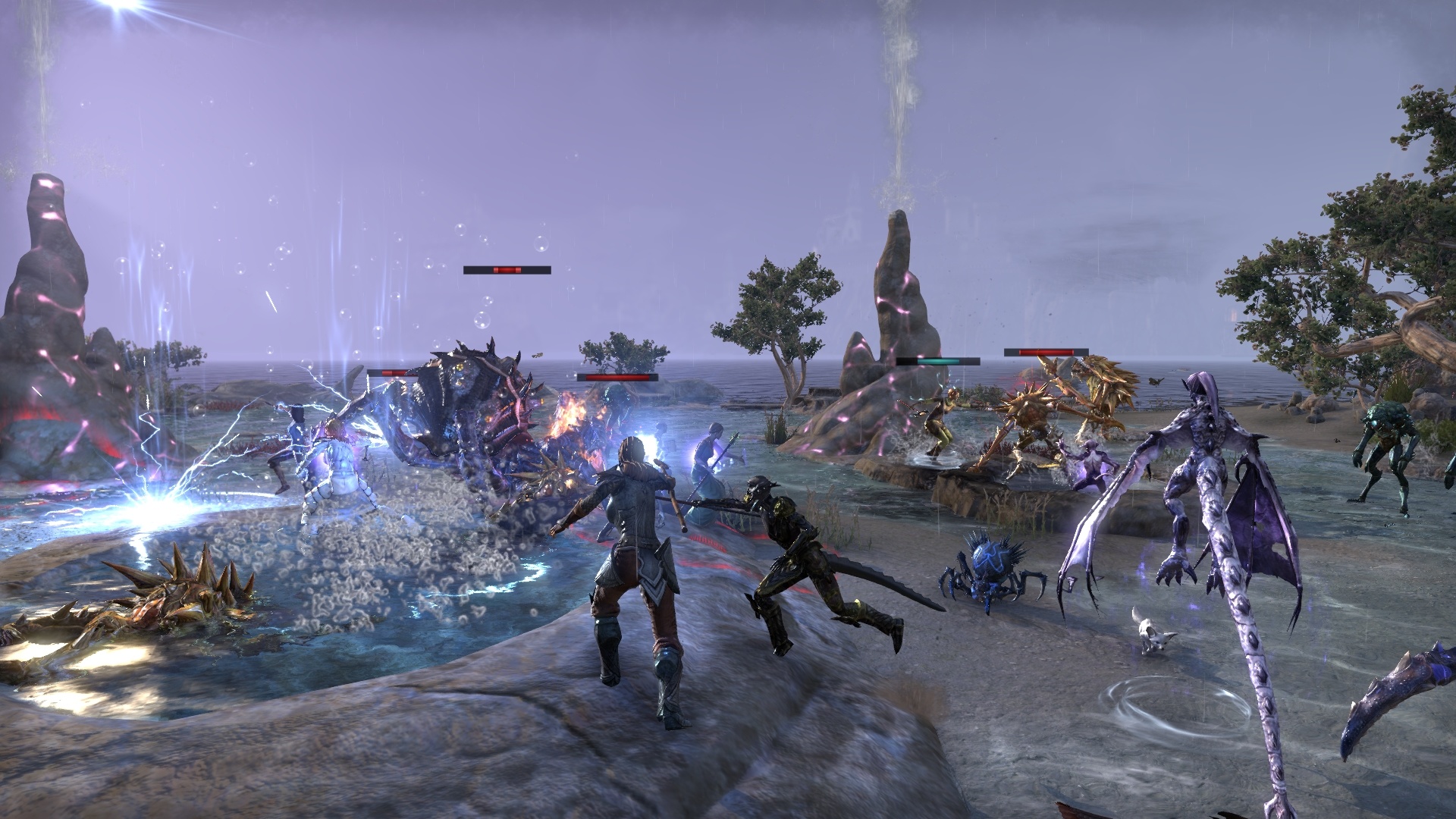
This persistent problem also leads to real strengths of the game not being used. Otherwise, in which MMO are there PvP mass battles like in the extensive Cyrodiil campaign? Here ESO would have a unique selling point compared to other MMOs that could attract many fans. Especially in PvP, however, fast server reactions are mandatory in order not to give any side an advantage.
That’s why ESO took a beating in our PvP comparison alongside the other big MMOs:
Whether Zenimax Online Studios will still manage to find a solution here is something I’m beginning to doubt. Perhaps it would make the most sense if the development team would stop for one content update a year and concentrate exclusively on technical improvements – it would be urgently needed!
If ESO wants to continue playing with the big MMO top dogs, something has to change. Right now would be the best opportunity to do so, because while New World continues to struggle with bugs and WoW is in a crisis, many players are longing for new, captivating MMOs.

